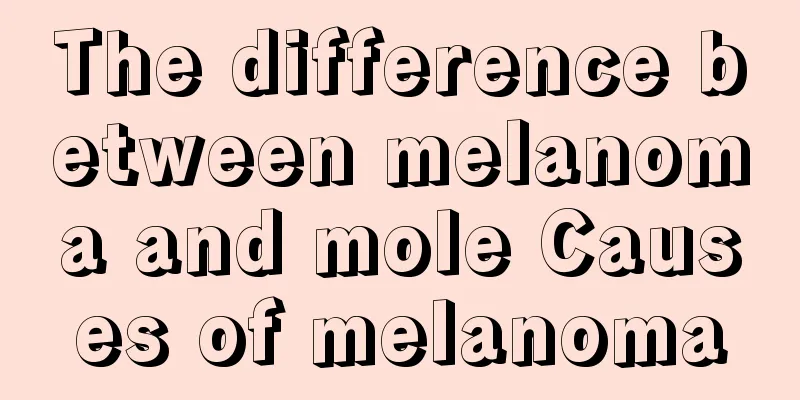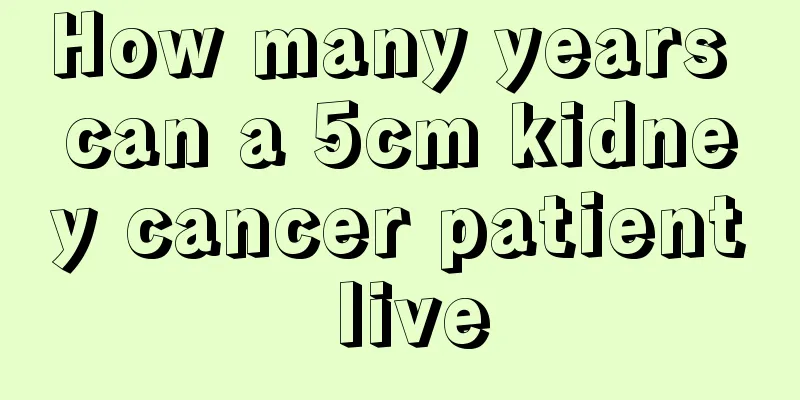Clinical significance of glycosylated hemoglobin

|
What is Glycated Hemoglobin? Glycated hemoglobin is the product of the combination of hemoglobin in red blood cells in human blood and blood sugar. Measuring its concentration is of great clinical significance, and it is also an indicator for determining diabetic patients. Therefore, understanding the clinical significance of glycated hemoglobin will help in the treatment of the disease. Clinical significance of glycosylated hemoglobin 1. As an evaluation index of long-term blood sugar control in diabetic patients, the purpose of measuring glycosylated hemoglobin (HbA1c) is to eliminate the influence of fluctuating blood sugar on the control and observation of the disease. Therefore, for patients with type 1 diabetes with large blood sugar fluctuations, measuring glycosylated hemoglobin (HbA1c) is a valuable blood sugar control index. For patients with type 2 diabetes, blood sugar and urine sugar measurements are simpler and more economical, and can more reliably reflect the control of the disease. Therefore, the significance of measuring glycosylated hemoglobin (HbA1c) is lower than that for type 1 patients, but it can be used as an auxiliary examination to determine whether oral medications are ineffective and require insulin treatment. 2. It helps to understand the chronic complications of diabetes. Blood glucose measurement only represents the immediate blood glucose level, indicating the patient's physical condition at the time, and cannot be used as an indicator to evaluate the degree of disease control. 3. Used for the diagnosis of diabetes. The HbA1c of healthy people is 4.0% to 7.7% (6.5±1.5%), and the HbA1c of uncontrolled DM patients can be as high as 10% to 20%. If the HbA1c is randomly tested and is less than 8%, diabetes is generally not considered. When HbA1c is greater than 9%, the accuracy of predicting diabetes is about 78%, the sensitivity is 68%, and the specificity is 94%. When HbA1c is greater than 10%, more than 80% of people have diabetes, with a sensitivity of 43%, a specificity of 99%, and an effectiveness of 86%. Therefore, it is not recommended to use HbA1c alone to diagnose diabetes at present because of its low accuracy, which sometimes causes difficulties in clinical interpretation. 4. HbA1c measurement can help determine the prognosis of patients with diabetes and retinopathy. If the HbA1c is 8% to 10%, it means the lesion is moderate and can be treated with laser. If it is greater than 10%, it is a severe lesion with a poor prognosis. For gestational diabetes, it is more meaningful to determine whether it causes teratogenesis, stillbirth and preeclampsia, so the determination of HbA1c is an important parameter for the control of gestational diabetes. |
<<: What to do if glycosylated hemoglobin is too high
>>: Will anemia cause thrombocytopenia? Is it better to prevent it in this way?
Recommend
What to eat to remove blood impurities
Removing impurities from the blood can make our b...
Can I drink expired beer?
Beer is more popular in the summer, but drinking ...
What lipstick to use for chapped and peeling lips? Here are some tips for you
It is normal to have dry and peeling lips in autu...
Is the chance of lung cancer being inherited high?
Lung cancer: Reports show that if a person has a ...
How long can you live after being diagnosed with stomach cancer
Many gastric cancer patients are worried about th...
How much does gamma knife for brain cancer cost
Brain tumors are mainly treated with surgical res...
Is it good for pregnant women to drink mineral water frequently?
Pregnant women must pay attention to their health...
Dull pain in the left side of the chest
Unexplained pain in the left side of the heart al...
Purple lips?
Our human body can be said to be a sophisticated ...
X-ray manifestations of pulmonary tuberculosis
Many people are infected with tuberculosis becaus...
Half a year after radiotherapy and chemotherapy for nasopharyngeal carcinoma, the follow-up examination was also good
After half a year of radiotherapy and chemotherap...
Bladder cancer patients should actively take care of themselves after surgery
What are the postoperative care methods for bladd...
Mountain eggs and ordinary eggs
Whether you are shopping in a supermarket or in a...
What medicine should I take for lumbar compression of nerves
Lumbar disc herniation is very harmful to human h...
What does full abdominal B-ultrasound check
For people who do not have professional knowledge...









